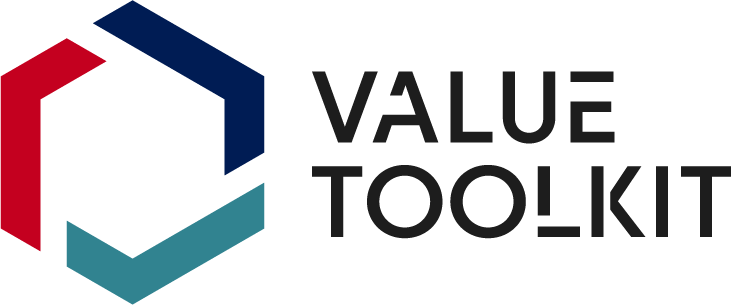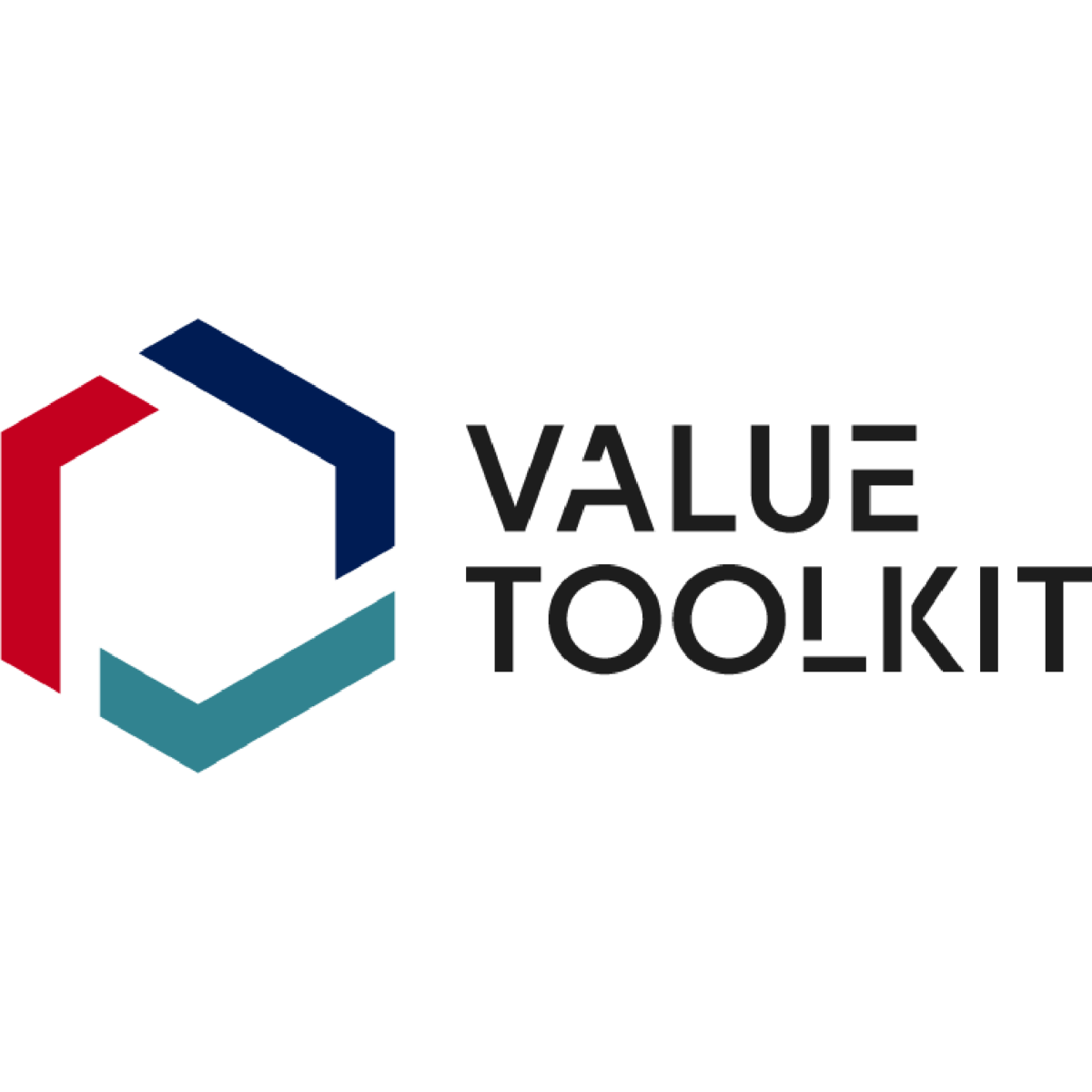There is strong client interest in embedding outcomes and value more deeply into projects, but practical implementation remains complex. The Value Toolkit principles provide a useful framework, but cultural, structural, and technical challenges persist.
A recent workshop hosted by Constructing Excellence and the Construction Clients Leadership Group focused on exploring how clients approach and embed outcomes and value in their projects, rather than focusing solely on cost. The aim was to understand clients’ current practices and challenges in shifting to an outcome-based approach using the Value Toolkit.
Client Principles for Outcome-Based Decision Making
Ron Lang, AtkinsRéalis, presented a distilled framework summarising the Value Toolkit into six key principles for clients to guide investment and decision-making:
1.
We can clearly articulate the PRIMARY goal of our investments
- Fundamentally, why does the asset exist…
- … and, therefore, how should ‘success’ ultimately be measured
- (e.g. patient outcomes, reoffending rates, educational attainment…)
2.
We can clearly articulate the wider social, environmental, and economic outcomes we want/need to drive
- What other outcome drivers will impact our approach to achieving the primary goal…
- … and how should alignment be measured (e.g. carbon emissions, local spend, biodiversity net gain).
3.
We understand the relationships between these different outcomes and their relative importance
- Decisions are always trade-offs to some extent
- Understanding how the different outcomes relate to each other is critical to making holistic decisions
- …it is also why it is necessary to prioritise
4.
We know what good looks like for each of these drivers
- Use of appropriate benchmarking and best practice date to set (relevant) performance ranges and targets
5.
We know which levers to pull and when, across the investment lifecycle
- Which decisions have an influence (direct or indirect) on the stated outcomes and when do they need to be made?
- Tailored scorecards can be used to support key decisions and to hold relevant stakeholders to account.
6.
We have a clear and robust approach to monitoring, evaluating and reporting
- Outcomes need to be deeply embedded into project governance structures (or elevated as required)
- Set clear roles and responsibilities for collecting data.
Challenges in Prioritisation and Trade-Offs
Clients acknowledged difficulties in balancing competing outcomes (e.g., cost, carbon, social value), especially when constrained by budgets and changing project scopes. Tools like the Value Toolkit provide a measured approach to gain consensus, prioritise value drivers and ensure the outcomes and values are clearly communicated across the project team and enable outcome-based decision making to be embedded in projects and programmes.
The Challenges of Smaller Projects
Some clients acknowledge that it is easier to implement value-based decision-making on larger, better funded projects but would like to see a ‘lighter’ version of the Value Toolkit for smaller projects, where the scale and duration of the project means outcomes are not always prioritised. Clients can address this by being clear at an organisational and programme level on what their value drivers are to make it easier for supply chain partners to deliver those outcomes regardless of project size.
Delivery Models
Traditional delivery models are unlikely to support genuine collaboration and value-based decision making. An Enterprise Model was highlighted as a great mechanism to incentivise partners based on outcome performance rather than merely time and cost. To enable this clients need to truly partner with their supply chain partners and hold each other accountable for delivering outcomes and value.
Cultural Change
Shifting mindsets from the traditional measures of time and cost requires a cultural change and better governance. Policy and legislation such as the Procurement Act and the Private and Public Sector Playbooks help drive this change. This means there needs to be buy-in from the highest levels in the organisation with the board role-modelling the culture and putting in place the governance structures to enable outcome-based decision making to flow through the organisation. This requires constant effort to ensure that new people are fully on board with the shift and that internal and external incentives are not based on the traditional factors of time and cost.
It Makes Business Sense
There is a symbiotic relationship between clients and their local communities. Large client organisations in both the public and private sector can act as major local employers and can have an outsized impact on their local community. In this instance wider value drivers can be more important. This means that investment in things like social value can deliver real business benefits such as investment in skills means that the local supply chain are in a better position to deliver projects. Investments in the local community can make it a more attractive place for people to live, making it easier to attract and retain staff.
Embrace Outcome-Based Decision Making
Outcome-based decision-making is a great way to unlock the true value of capital projects and programmes, for clients, for the industry and for society. It is incumbent upon the entire built environment industry to embrace this. To find out more about the Value Toolkit download the resources from Value Toolkit and join the discussion on LinkedIn.




